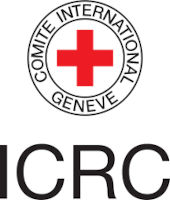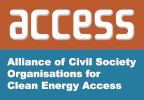Knowledge fuels change
For over a decade, Energypedia has shared free, reliable energy expertise with the world.
We’re now facing a serious funding gap.
Help keep this platform alive — your donation, big or small, truly matters!
Thank you for your support
View source for New Residential Buildings
From energypedia
You do not have permission to edit this page, for the following reason:
You can view and copy the source of this page.
Templates used on this page:
Return to New Residential Buildings.



















